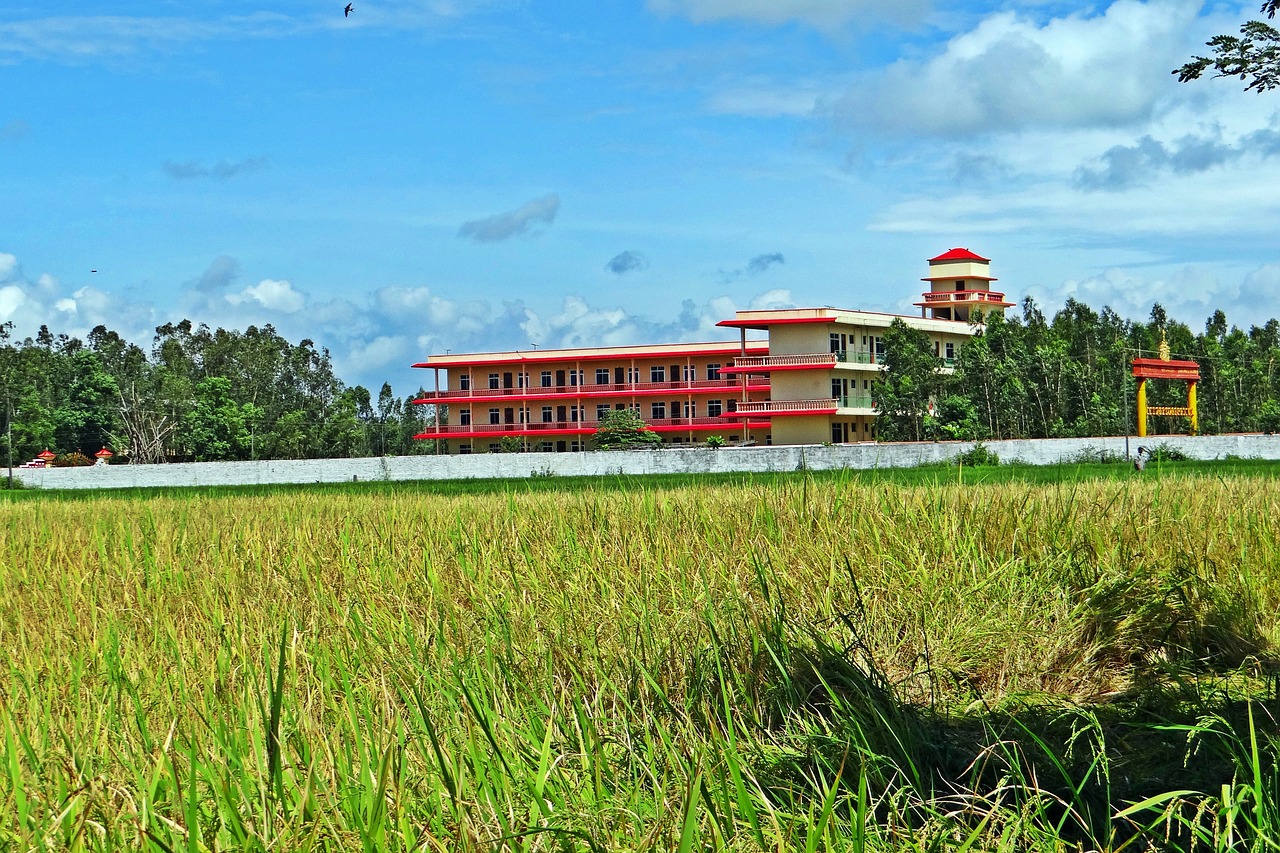The Role of Swing States in Presidential Election Outcomes
A swing state is a term used in American politics to describe a state where the popular vote could swing either towards the Democratic or Republican party during an election. These states are pivotal in determining the outcome of a presidential election as they do not consistently vote for one party over the other. Instead, they have a history of wavering between political parties based on various factors.
The concept of swing states has become increasingly important in modern presidential elections where the margin of victory is often small. Campaigns typically focus their efforts on swing states, pouring resources into advertising, campaigning, and outreach to sway undecided voters. The identification and targeting of swing states play a crucial role in a candidate’s strategy to secure the required number of electoral votes needed to win the presidency.
The History of Swing States in Presidential Elections
Swing states have played a crucial role in shaping the outcomes of presidential elections in the United States. These states are characterized by their political unpredictability, often shifting between supporting Democratic and Republican candidates. Throughout history, swing states have been pivotal in determining the overall winner of the presidential contest, making them highly sought-after by candidates from both major parties.
Dating back to the early days of American democracy, swing states have been a key focus for presidential campaigns. The concept of swing states emerged as a result of the Electoral College system, where each state is allotted a certain number of electoral votes based on its population. This system has led to certain states holding significant influence in determining the outcome of the election, prompting candidates to strategically target these swing states to secure victory.
Factors that Determine a State as a Swing State
Factors that determine a state as a swing state are multifaceted and can vary from one election cycle to another. One key factor is the composition of the state’s electorate, including demographics such as age, education level, and ethnic diversity. States with a more diverse population and a balanced mix of urban, suburban, and rural areas are more likely to be swing states, as different groups of voters may have varying political leanings.
Additionally, economic conditions and key industries within a state can influence its swing state status. States that are experiencing economic growth or decline, especially in industries like manufacturing or agriculture, may be more inclined to swing their support between political parties based on how they perceive each party’s policies will affect their livelihoods. Furthermore, the political culture and history of a state, including its voting patterns in past elections and the presence of strong local political figures, can also play a significant role in determining its swing state status.





